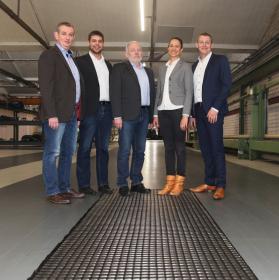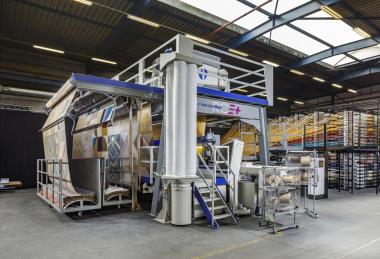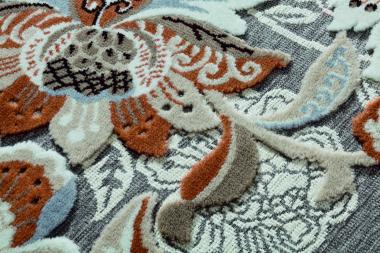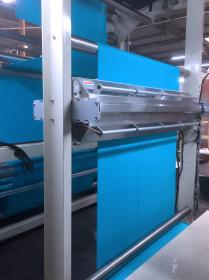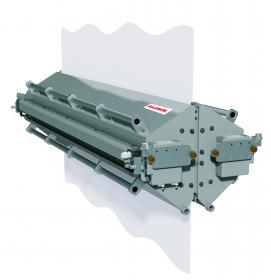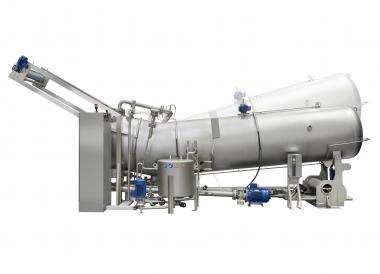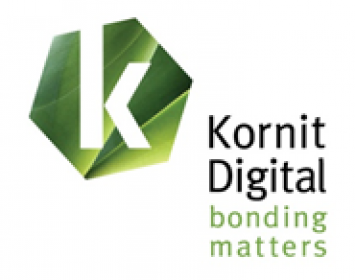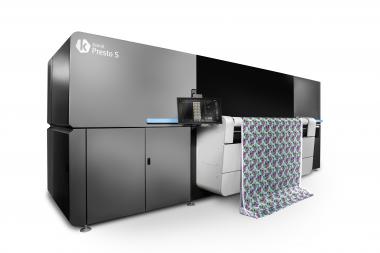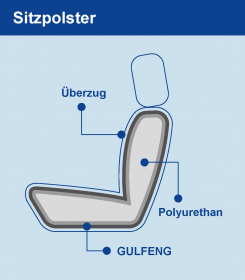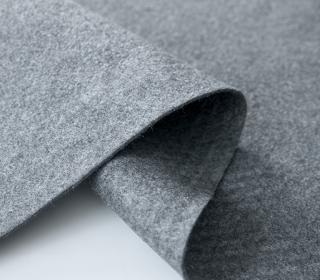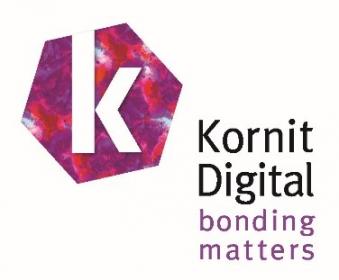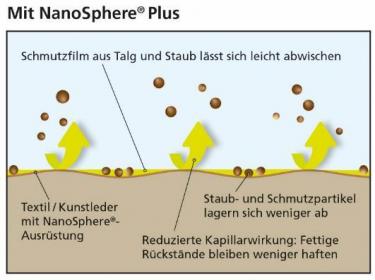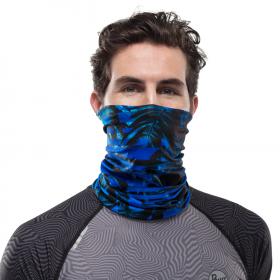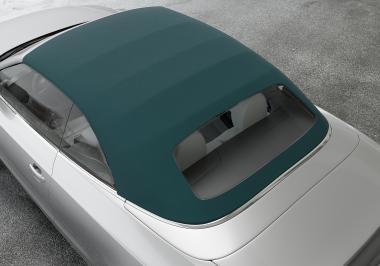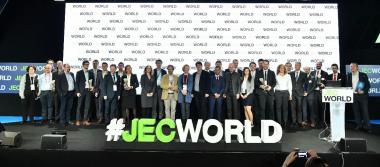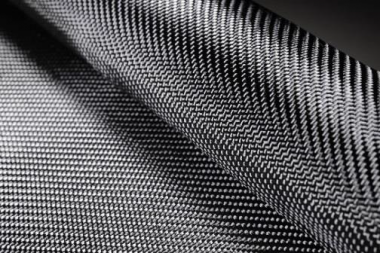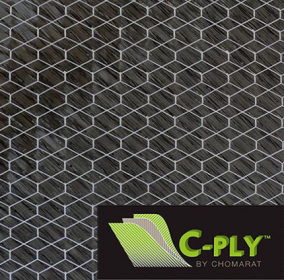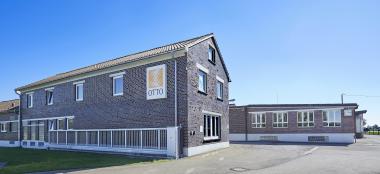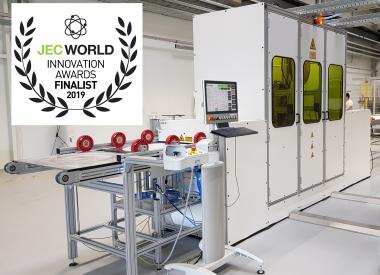HUESKER Asphalt-Team setzt sich für nachhaltigeren Straßenbau ein
Asphalt Business Unit setzt neue Maßstäbe
Das bewährte HaTelit Produktportfolio und mehr als vierzig Jahre Erfahrung in der Entwicklung und Anwendung von Asphalteinlagen werden jetzt gebündelt in einem einzigen, speziell qualifizierten Kompetenzteam. Die neue Asphalt Business Unit der HUESKER Gruppe rund um Diplom-Ingenieur Andreas Elsing, wird sich ab sofort verstärkt um den nachhaltigen Bau und die Sanierung von Straßen durch die Verwendung von Geokunststoffen einsetzen.
Das Team wird komplettiert durch Experten und Ingenieure wie Fabiana Leite-Gembus, Michael Eßling, Daniel Hilpert und Erhard Luce, die jeweils über mehrjährige Erfahrungen im Straßen- und Verkehrswegebau verfügen.
Ihr Ziel ist es die verantwortlichen Auftraggeber, Planer und Bauunternehmer, aber auch Politiker und die Öffentlichkeit von der hohen Wirtschaftlichkeit und Nachhaltigkeit des Einbaus geotextiler Asphaltbewehrungen bei Neubau und Sanierung von Straßen zu überzeugen. Studien belegen schon lange die vielen Vorteile im Vergleich zur konventionellen Straßenbauweise: bis zu 4-fache Verzögerung von Reflexionsrissbildung, Verlängerung der Nutzungsdauer und des Sanierungsintervalls, Reduktion der Instandhaltungskosten. Dies bedeutet vor allem auch weniger Staus und Verkehrsbehinderungen nebst aller unangenehmen Begleiterscheinungen. Neben der Zeit- und Kostenersparnis zeichnen sich die Asphaltbewehrungen von HUESKER besonders durch einfache und sichere Verlegung, hohe Widerstandsfähigkeit gegen Einbaubeschädigungen und besonders gute Verbundeigenschaften aus.
Vielzählige Infrastrukturprojekte außerhalb Deutschlands gehen mit gutem Beispiel voran. Im Sinne einer langfristig ökonomischen, ökologischen und ressourcensparenden Lösung, führt heute kein Weg mehr an der Infragestellung des konventionellen Straßenbaus vorbei.
HUESKER Synthetic GmbH


